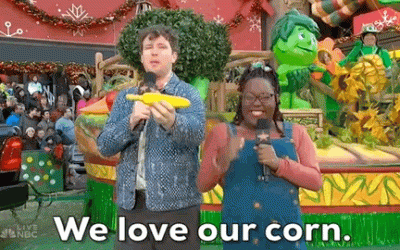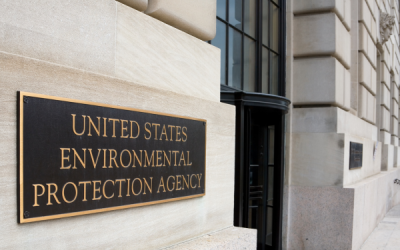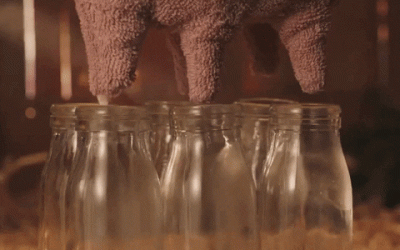Hurricane Helene’s wrath is impacting everyone in the Southeast, especially farmers. September is harvest time for crops like cotton, and now Georgia and South Carolina are especially feeling the impacts.
Soundbite: “Most fields have open bolls at this time, so the storm will be an issue.” — Michael Jones, Clemson Cooperative cotton specialist
In South Carolina, cotton harvest usually begins in late September. But with all the rain from the storms, cotton fiber will be reduced. And harvesting the tangled plants off the saturated soil won’t be an easy task.
Other wreckage: Pulverized poultry houses, row crop damage, pecan tree damage, and ruined timber are having large effects in Georgia. Not to mention the numerous processing facilities without electricity.
Precious pecans: Georgia produces 88M pounds of pecans per year, more than any other state. The majority of its production is located in the direct path of the storm. Regrowing a pecan tree can take up to 25 years depending on the variety.
Soybean sorrows: While the rain from Helene alleviated drought conditions in some areas, it will likely cause green-leafed plants to lodge. And there’s a risk of Asian soybean rust riding in on Helene’s coattails.
Meanwhile, most corn has reportedly been harvested. Great news, but needless to say that any remaining cornstalks will be difficult to get out of the fields.
In addition to South Carolina and George, Helene also caused damage and flooding in Florida, North Carolina, Virginia, and Tennessee.
Documentation is crucial: Farmers are encouraged to document all losses before, during, and after cleanup to help streamline eventual insurance or aid payments. They should also keep track of their financial records.
Short Corn Packs a Punch
Dynamite comes in small packages—which can be true with new seed technology. What’s...
Congress to EPA: What’s Your BEEF with Meat Packers?
The Environmental Protection Agency (EPA) is considering new regulations that take aim at meat and poultry processors.
And some members of Congress have a BEEF with the EPA’s proposals.
The proposed rules: In late January, the EPA released the details of its proposed “Clean Water Effluent Limitations Guidelines and Standards for the Meat and Poultry Products Point source category.”
Huh?
Basically, the EPA formally published its proposals to combat wastewater contaminants that come from slaughterhouses.
Okay… that makes more sense.
At the heart of the rules proposal is a concern from environmental groups about nitrogen and phosphorus pollutants that originate from slaughterhouses. In some cases, the wastewater goes directly into waterways. In other cases, the water goes to municipal wastewater treatment facilities.
But not everyone is on board with the EPA’s suggestions…
Congress responds: Last week, two U.S. representatives—Eric Burlison (MO) and Ron Estes (KS)—pushed back against the EPA and introduced the “Banning EPA’s Encroachment of Facilities (BEEF) Act.” If passed and signed by President Biden, the law would prohibit the EPA from finalizing, implementing, or enforcing the rule.
According to the lawmakers, the proposed rules place undue burden on small processors—costs that can be absorbed by larger companies.
Soundbite: “The… proposed regulation isn’t just an attack on family-run small businesses, it’s an attack on rural communities,” said Burlison. “These meat and poultry processors are the lifeblood of our communities. The BEEF Act… lets these hardworking Americans do what they do best, produce safe, affordable food for our families.”
University of Illinois Makes Big Mooves in Milk Production
Pump it up: Scientists led by Matt Wheeler at the University of Illinois Urbana-Champaign are...




